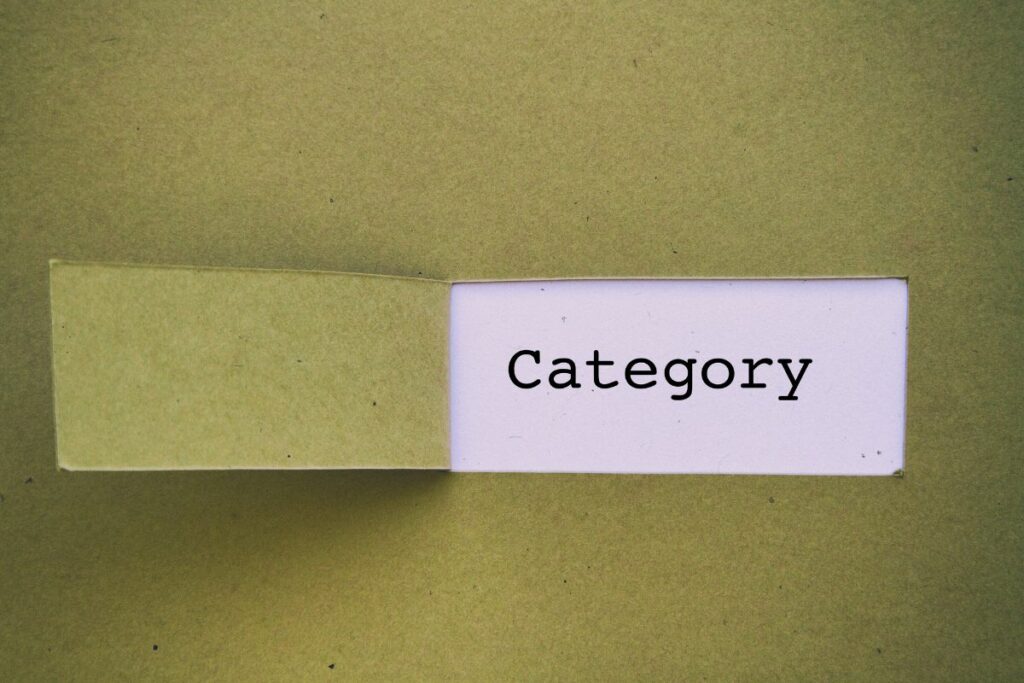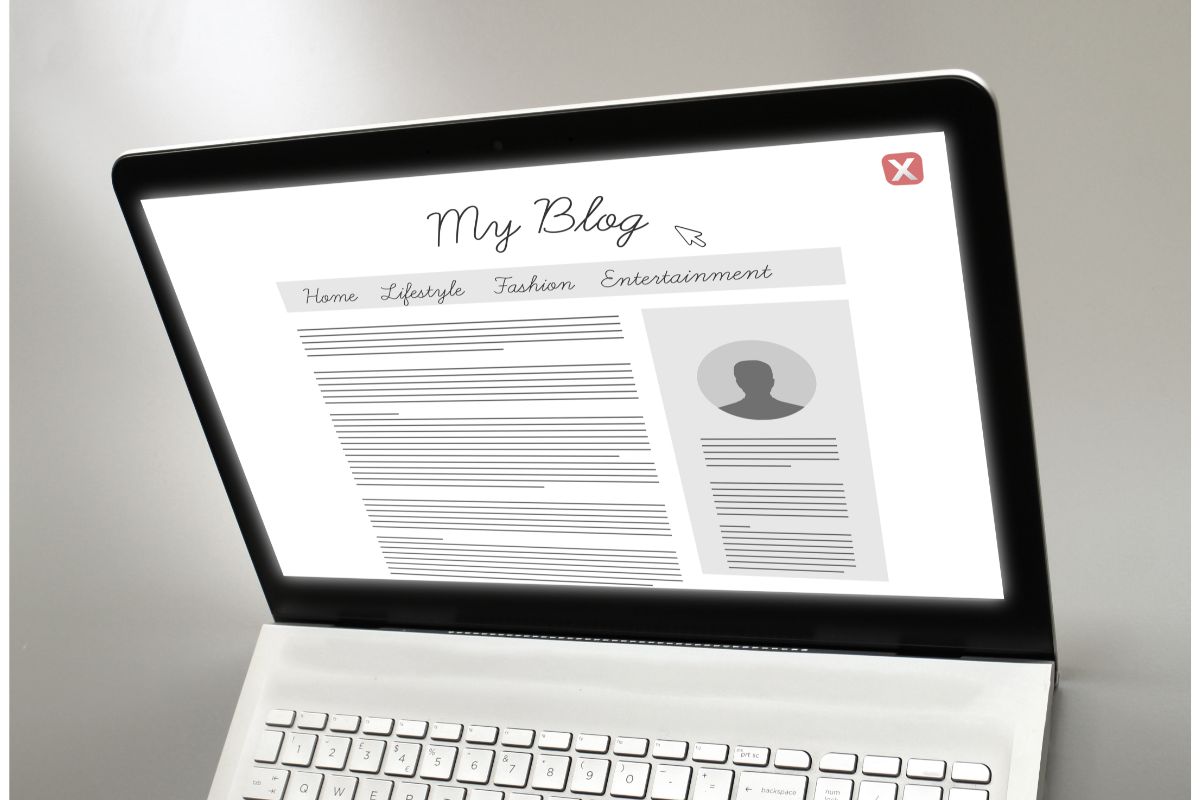Do you have a blog? Do you feel that you are effectively tagging and categorizing your blog posts? How you structure your blog is extremely important as it will impact how a visitor to your blog finds content and moves through your blog.

In this guide, we look at what exactly blog tags and categories are and how you can use them effectively to grow traffic on your blog.
What Are Categories In Blogging
When you first start a blog your focus will likely be on how aesthetically pleasing your blog is and focus on what your first blog will be. The focus should be on how you plan to structure your blog as this will impact the way that your blog grows.
It’s important to consider the categories you want to include in your blog. If you don’t know what a blog category is, it is a topic that allows you to organize your blog posts and helps readers to find the relevant information that they are looking for on your blog.
The categories are also important as they enable Google and other search engines to understand your blog structure and direct traffic from the Search Engine Results Pages (SERPs) to the relevant blog post on your site.
Blog categories have a certain flow, if you imagine a pyramid shape at the very top is your blog’s niche. Trickling down to the next layer of the pyramid are your categories.
If you have a travel blog your categories could be countries or could be broad topics related to traveling such as a hotel category or if you have a food blog a category could be desserts.
Under categories are the subcategories and these are more specific than categories. For example, imagine again that you had a food blog and a category is desserts, a sub-category could be gluten-free desserts.
As the blog owner, you know the blog best and so you must organize the categories in a manner that makes sense. The ultimate goal with categories is that it enables viewers on your blog to easily find what they are looking for by navigating their way through your blog using the categories.
What Are Tags In Blogging
Tags are slightly similar to categories and so this can be a point of confusion. Tags enable a blog owner to further hone in on a specific topic on blog posts that have already been assigned to a category.
Tags could be related to a series of blog posts spread across multiple categories, for example, you could tag certain informational blog posts as How-To guides, or if you had a food blog you could have a tag called cooking tips, or it could be a particular ingredient such as chicken.
With the tags, if somebody then searched in the blog search bar for chicken each blog post with the chicken tag would be displayed. Tags, therefore, enable blog visitors to find more specific information without having to scour through broad categories.
Tags won’t benefit your blog’s SERP ranking and it has no part to play in the Search Engine Optimization (SEO) of a blog but it benefits the users and their experience when on your blog.
If they know that they can easily search for information then they are more likely to return thanks to the positive experience they associate with visiting your blog.
The most important thing to remember about tags is that you should not go over the top with the number of tags you assign to blogs and categories. There should not be any more than 5 to ten tags per category and no more than 4 tags per blog post.
Why Are Categories Needed On Your Blog

Now that you have an understanding of what exactly blog categories and tags are, it’s now time to take a look at why categories are needed on your blog.
Categories are important as they serve several purposes.
Not only do they help visitors to your blog find the information they are looking for but they also help give your blog content structure, which will benefit you also and make it easier to see what you have on the blog site and what may be lacking.
Categories are also important as they help search engines to understand the content of your blog and how it may be relevant to a search query, meaning they are hugely important to improve your blog site’s SEO.
Categories enable you to plan your content also, as mentioned previously you can see what may be lacking and this will enable you to focus on brainstorming for specific categories rather than for the site as a whole.
There will always be specific categories that are easier to write for than others but it is important to prioritize each category equally.
How To Effectively Tag And Categorize Your Blog Posts
To create effective tags and categories for your blog posts there are some things that you should focus on, these are explained below.
Keep Category Titles Short
Category titles should be kept short, no more than one to two words long. When visitors to your blog search a term in the search bar they will not type long requests, they will insert a keyword that is related to the topic they want to read about.
Short and simple will make it easier for visitors to access the information you are providing on your blog.
Be Specific
Although categories are broad topics they should not be vast. Be specific with what the exact topic of your category is.
An example would be if you had a travel blog and you created a category for Asia, this would be quite a vast term, but if it was Japan it is still broad but it is also more direct and specific.
Use Basic Language
Viewers will appreciate how you compose your pieces within the blog post but adding eloquent language to the categories will make them difficult to find which will result in very little traffic.
Using basic language will make your category more searchable which will be great for your blog site’s SEO and benefit your site’s SERP ranking.
Maintain Style Across Categories
Although categories will of course cover different topics the style of your writing and the aesthetic style and form of your blog should remain the same.
You can change things up using images but changing your tone of voice, blog format, and how the site looks will only confuse visitors.
Maintaining style will benefit your blog as viewers will know what to expect as they progress through the site and this will benefit the user’s experience.
Final Thoughts
We hope that this piece has been beneficial to you and that you now feel confident in assigning blog categories and tags that will help users navigate their way through your website and help organic and returning traffic which will ultimately boost your ranking with SERP.
If you have yet to start your blog we highly recommend sitting down and taking time to plan the structure before going live with your site. If you already have a blog it’s not too late.
With some editing and restructuring, you will be able to integrate blog categories and tags into your site.
- The 20 Best Blogging Courses That Are For Beginners - December 7, 2022
- 20 Best WordPress Plugins For Blogs For Effective Blogging! - December 7, 2022
- 5 Excellent Affiliate Marketing Courses To Learn - December 6, 2022








